Zenigata Sunae
This massive, Edo Period, coin-shaped sand painting is believed to be a source of great luck.
First issued in Kan’ei 13 (1636), the square-holed Kan’ei Tsūhō coins instantly became standard currency during the Edo period in Japan, and later a cultural symbol of sorts. Several samurai clans and shrines adopted its design as part of their coats of arms. Visitors to the country might still spot such coins if you wander through certain historic districts, such as Asakusa in Tokyo.
On the Ariake Beach in Kan-onji, there is a massive sand painting (sunae) of a Kan’ei Tsūhō, approximately 345 meters in circumference. Though it looks circular when viewed from the nearby observation deck, it’s actually an oblong-shaped design.
The origin of the design is disputed. A popular legend states that it was crafted by the local community overnight in 1633 to show respect to the Lord of the Marugame Domain, who was on his way to the city for inspection. However, this story has been disputed, since the coin had not been issued during this time. Although, researchers do agree that the sand painting was made during the Edo period, possibly during the first half of the 19th-century or earlier.
It’s believed that during World War II, American forces suspected that the sand art was some sort of military secret and deployed scouts multiple times to uncover its purpose.
Entry into the Zenigata Sunae is generally prohibited, except for a few rare occasions. Twice a year, in April and October during an event called the Keshō-na’oshi (“makeup touch-up”). During this event, hundreds of local volunteers fix the art and maintain its appearance.
Recently, a story has circulated about someone winning a huge amount of money in a lottery after visiting the Zenigata Sunae. It stimulated tourism in the area, and the sand art is now known as a “power spot” where one can receive good luck.
Inspired by the sand art’s popularity, the city of Kan-onji has also adopted the Kan’ei Tsūhō coin as its icon. In 2010, the coin was accepted as part of the city’s currency and can be used in local stores.
Know Before You Go
The sand art can be viewed 24/7 for free, and is best viewed from s sunrise to sunset around 10 p.m., but entry is strictly prohibited. The best position to view it is the aforementioned observation deck, located on a hilltop in Kotohiki Park. In the park, there is also a small museum exhibiting a collection of world coins.

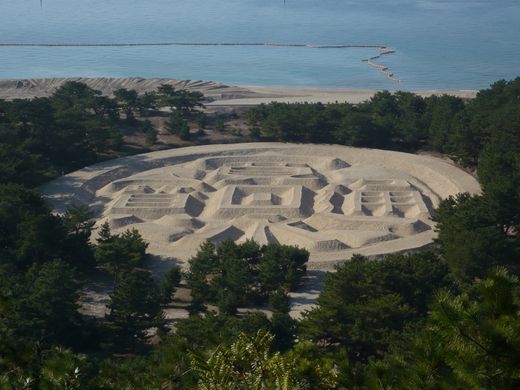
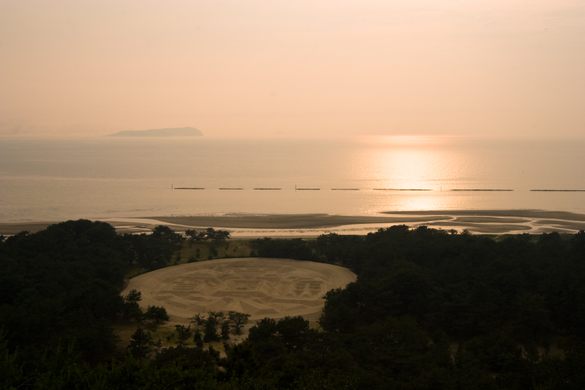






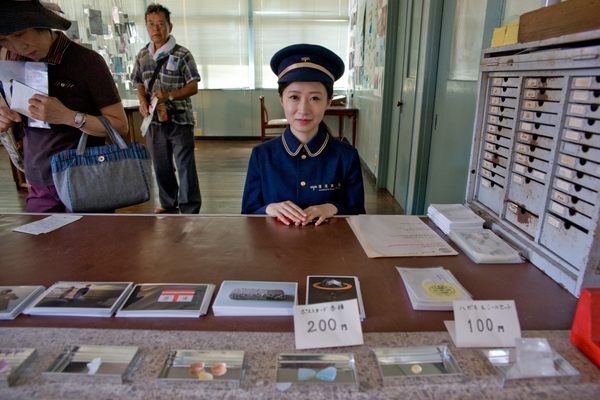
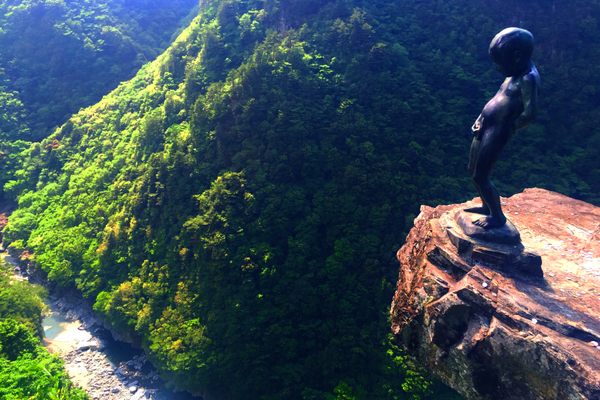

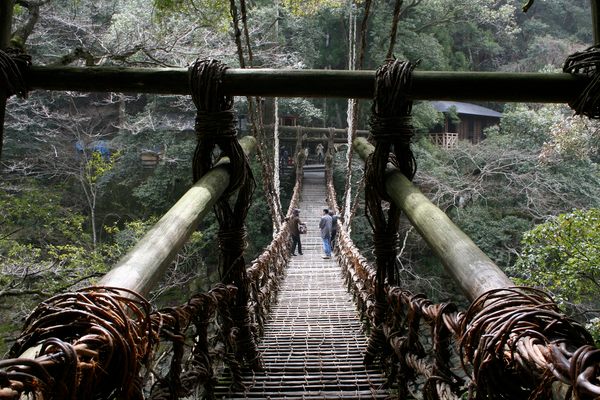


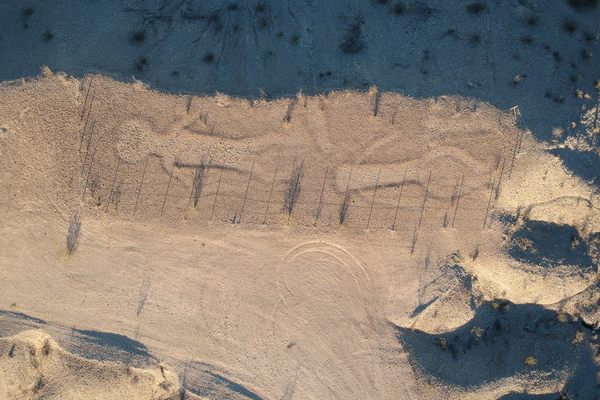
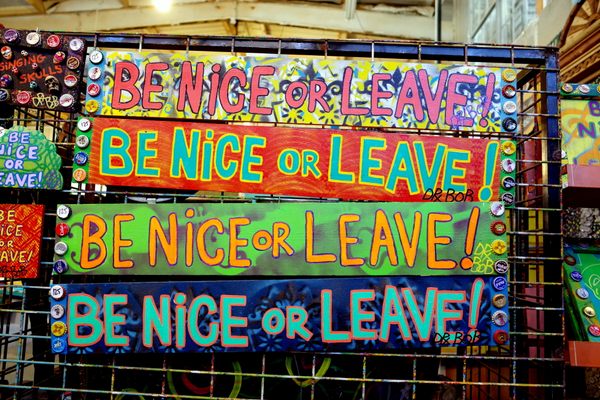

Follow us on Twitter to get the latest on the world's hidden wonders.
Like us on Facebook to get the latest on the world's hidden wonders.
Follow us on Twitter Like us on Facebook